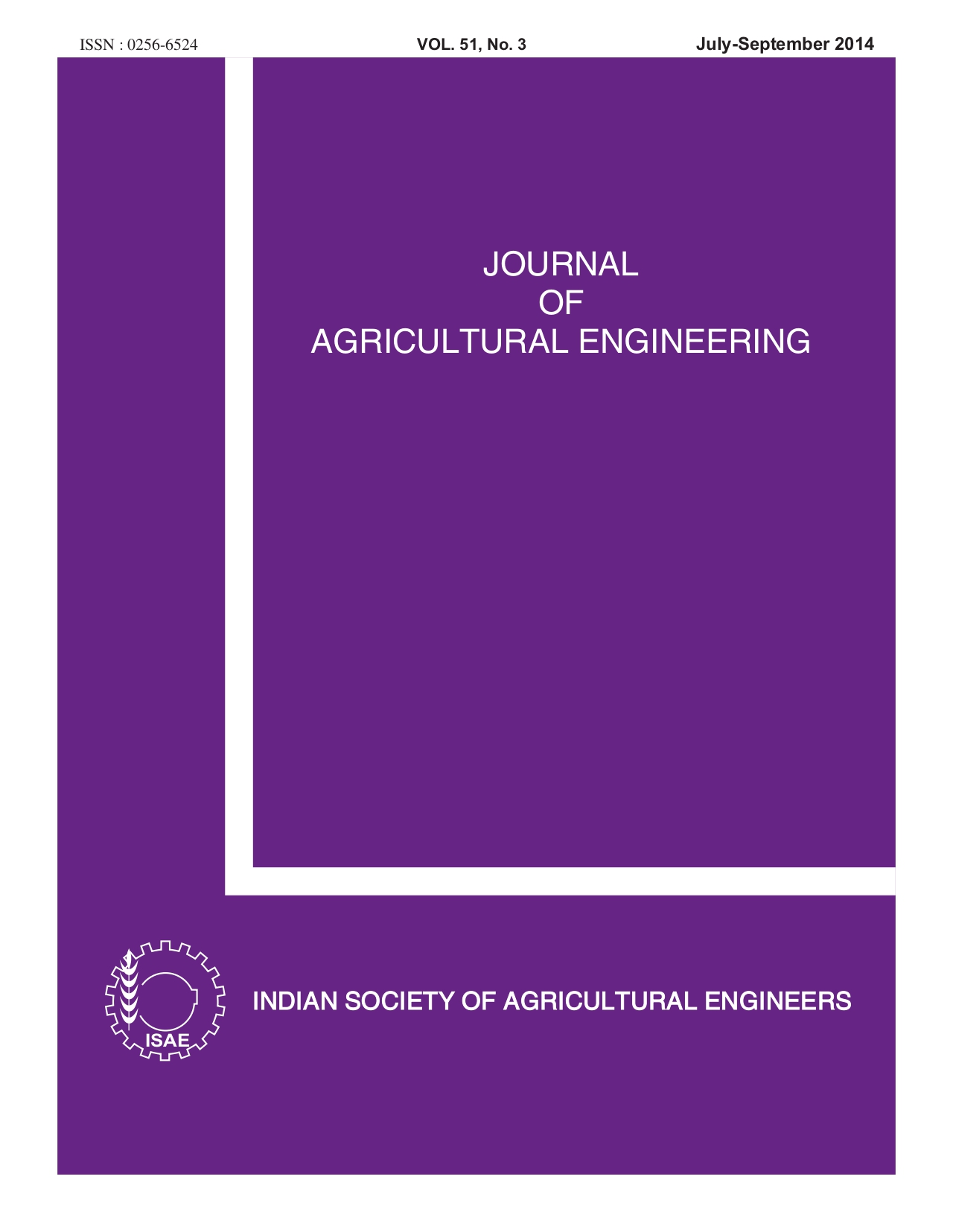Development of Millet and Soybean Based Ready-to-Eat Snack Food Chakli
DOI:
https://doi.org/10.52151/jae2014513.1555Keywords:
Nutritional quality, acceptability, conventional foods, texture profile, sensory evaluationAbstract
Ready- to- eat snack food chakli was prepared using sorghum, pearl millet and finger millet with defatted soy-flour and medium fat soy flour. Developed product was analysed for nutritional quality, acceptability and textural profile. Incorporation of 50% millet and 15-20% DFSF/MFSF was acceptable. Nutritional analysis revealed that 20% soybean incorporation in the form of defatted soy-flour and medium fat soy-flour enhanced the protein content up to 75-80% and 59-64%, respectively compared to traditional product. Textural analysis showed that incorporation of finger millet with DFSF required higher bending strength.
References
Anwar A; Faquir M A; Randhawa M A; Farooq U; Akhtar S; Sultan M T. 2012. Effect of multiple fortification on the bioavailability of minerals in wheat meal bread. J. Food Sci. Technol., 49 (6), 737-744.
AOAC. 1965. Official Methods of Analysis. 10 Ed., Washington DC.
AOAC. 1973. Official and Tentative Methods of American Oil Chemists Society. Method Ba-9-58.
AOAC. 1984. Official and Tentative Method for American Oil Chemists Society. Method Ca 6a-40.
BIS. 1975. Guide for Sensory Evaluation of Foods. 6273, Part III. Statistical analysis of data, New Delhi.
Deshpande S D. 1990. Studies on some engineering aspects for processing and utilization of soybean. Unpublished Ph.D. Thesis, Indian Institute of Technology, Kharagpur, 175-178.
Deshpande S S; Mishra A; Mishra M. 2001. Preparation and organoleptic evaluation of soyblended food products. J. Food Sci. Technol., 38 (3), 291–293.
Deshpande S S; Joshi K C; Bargale P C; Jha K; Singh V; Varghese S. 2004. Development, acceptability and shelf life studies on soyfortified maize sattu. J. Food Sci. Technol., 41(6), 674-678.
Faller J Y; Klein B P; Faller J F. 2006. Acceptability of extruded corn snacks as affected by inclusion of soy protein. J. Food Sci., 64, 185-188.
Gopalan C; Ramasastri B V; Balasubramanian S C; Narsingha Rao B; Deosthale YG; Pant K C. 2004. Nutritive value of Indian Foods. National Institute of Nutrition Hyderabad, pp:27.
Patel K K; Liaquati S A.; Khan M A; Minz P S. 2013. Effect of carrot powder on quality of multipurpose flour based snack food. J. Agric. Eng., 50 (1), 27-33.
Sahay K M; Kachru R P. 1988. Preparation of soy blend snacks at domestic level. Soybean Processing and Utilization in India. Tech. Bulletin No. CIAE/SPU/1/88/53, CIAE, Bhopal, pp: 53.
Sebastian L; Anavale B; Gowri S; Prakash J. 2005. Quality characteristics of ragi (eleusine coracana) incorporated “chakli”– an Indian deep-fried product . J. Food Process Pres., 29 (5-6), 319–330.
Steel R G D; Torrie J H. 1960. Principles and Procedures of Statistics. McGraw-Hill, New York, pp: 133.
Valyasevi A; Dhanamitra S. 1986. Development of supplementary food at the home and community level. Asean Food J., 3(1), 33-36.














